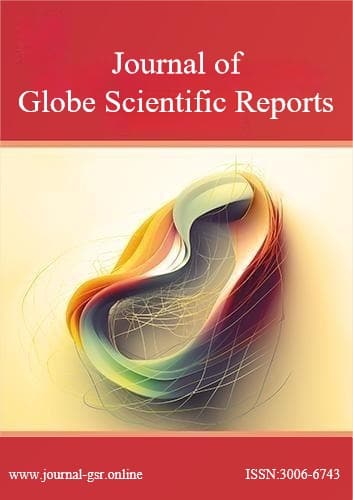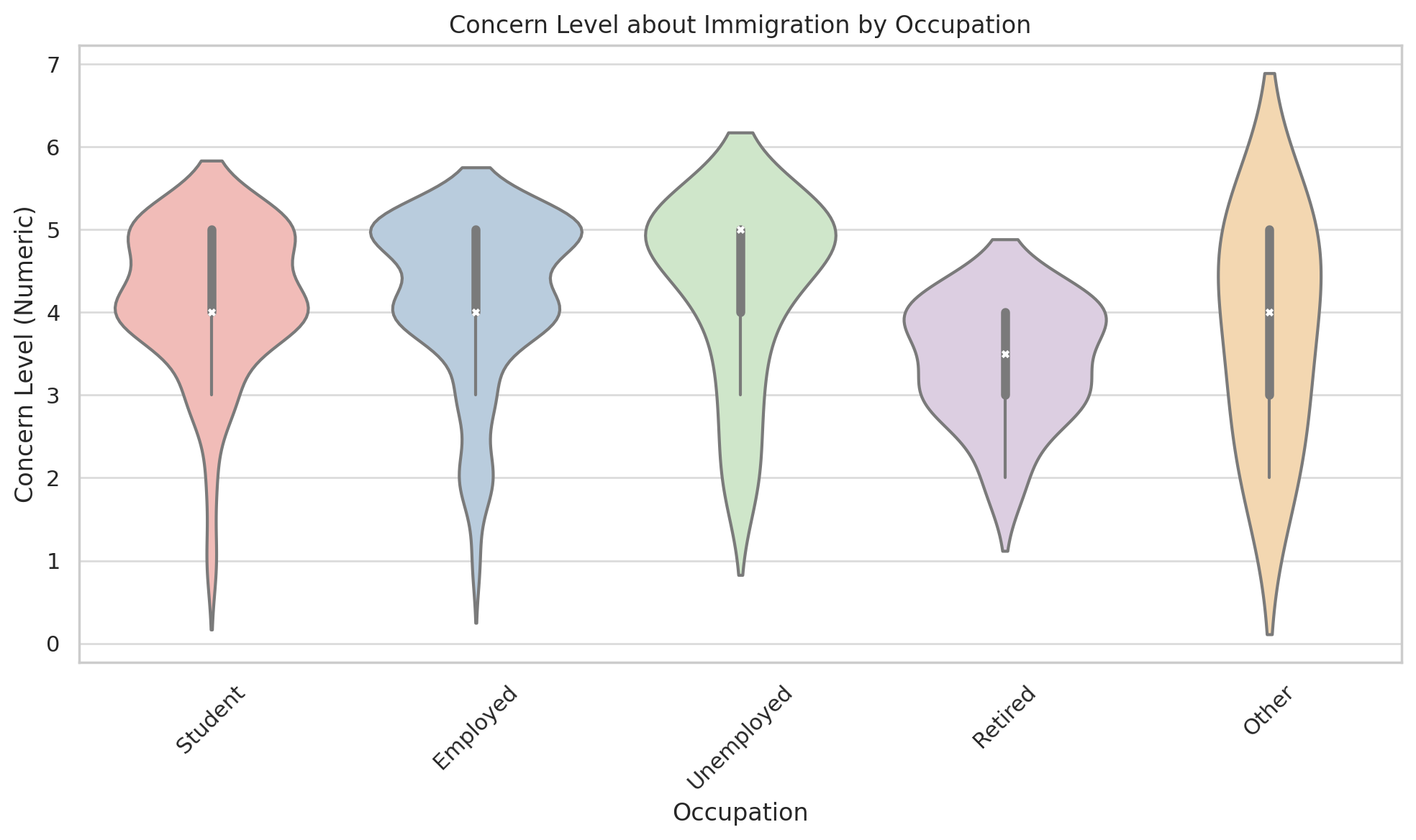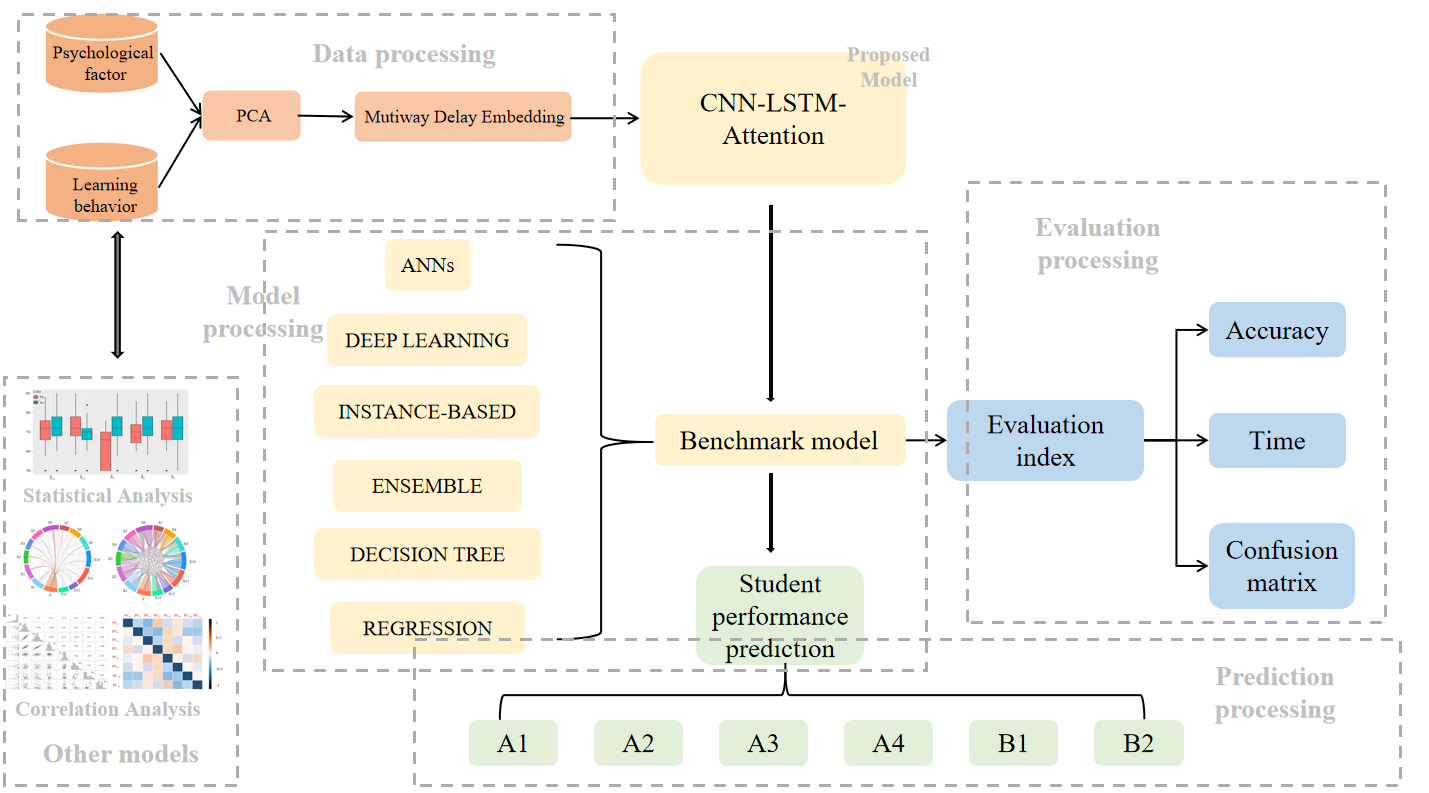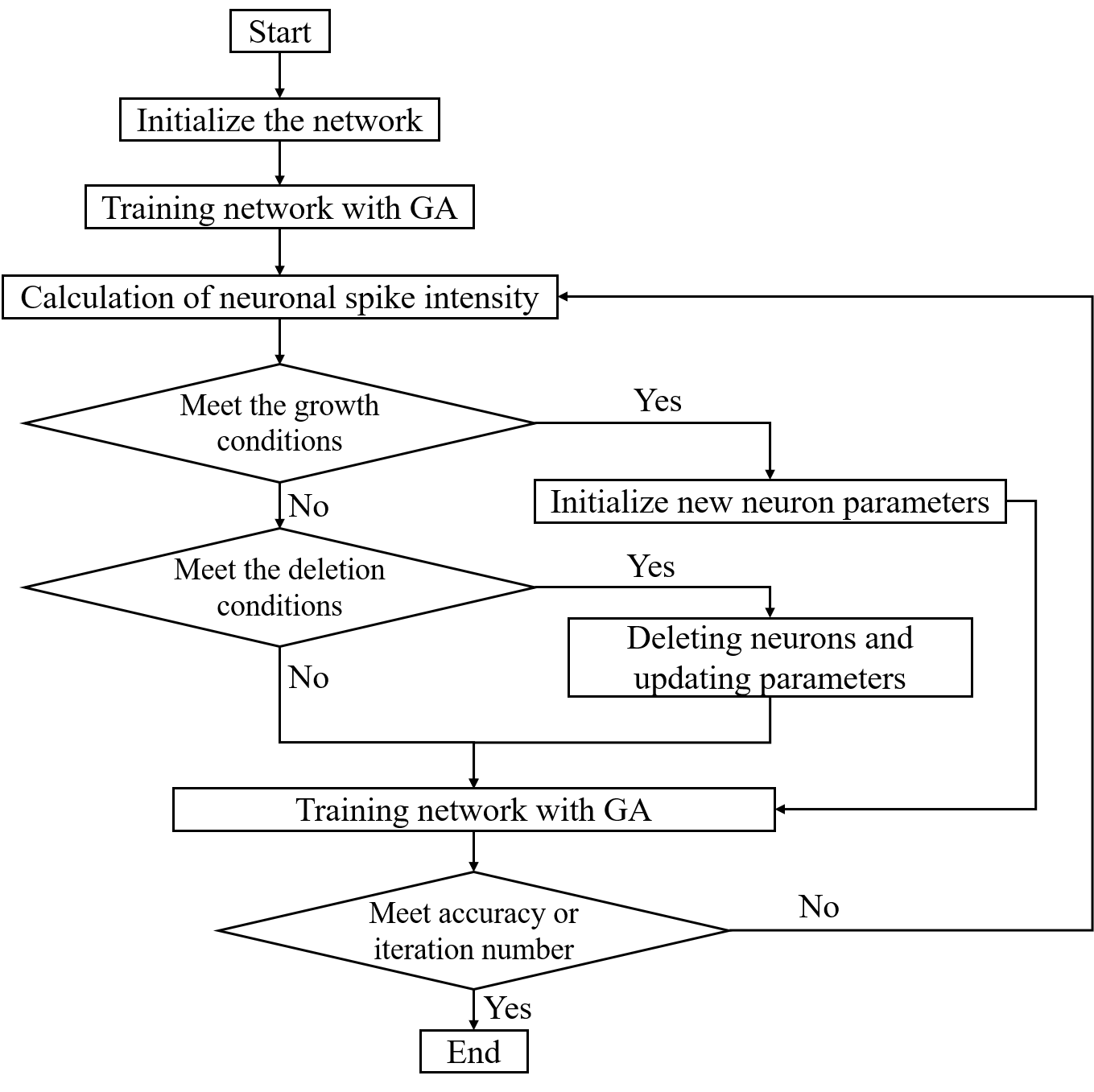 An open access journal
An open access journal
Naadam: A Vivid Practice of Ethnic Communication, Exchange and Integration from the Perspective of Intergroup Contact Theory
Abstract
Allport proposed the Intergroup Contact Hypothesis, which posits that intergroup contact facilitates greater understanding of outgroups and, on this basis, reduces ethnic prejudices, playing a positive role in mitigating interethnic conflicts and tensions. Based on extensive empirical research, Allport outlined four optimal conditions for intergroup contact that promote positive outcomes among ethnic groups. For China, a multi-ethnic developing country, communication, exchange and integration among ethnic groups represent crucial avenues for enhancing mutual understanding and fostering interethnic friendships. Active interethnic contact and exchange strengthen ethnic unity and reinforce the centripetal force of the Chinese nation. This paper analyzes the Communication, Exchange and Integration among ethnic groups at the Naadam Fair in Inner Mongolia through the lens of the four optimal conditions for intergroup contact proposed by the theory of interethnic contact: equal status, shared goals, intergroup cooperation, and institutional support. The aim is to provide theoretical insights for the interethnic development of China's diverse ethnic groups and the construction of harmonious ethnic relations
Share and Cite
Article Metrics
References
- Hu, J. T. (2005). Speech delivered at the Central Ethnic Work Conference and the Fourth National Ethnic Unity and Progress Commendation Conference of the State Council. Ethnic Affairs Today, (06), 4-11. [Translated from Chinese]
- Xi Jinping. (2022). Upholding the Great Banner of Socialism with Chinese Characteristics and Striving in Solidarity for the Comprehensive Construction of a Modern Socialist Country—Excerpt from the Report Delivered by Comrade Xi Jinping on Behalf of the 19th Central Committee to the Congress [N]. People's Daily, October 17, 2022(2). [Translated from Chinese]
- Li, S. S., Long, C. Q., Chen, Q. F., et al. (2010). Intergroup Contact Theory: A Theory for Improving Intergroup Relations. Advances in Psychological Science, 18(05), 831-839. [Translated from Chinese]
- Xiao, R. K., & Li, S. X. (2024). A study on the cultural mechanism of intergroup contact influencing cross-strait youth cooperation. Taiwan Research Quarterly, (03), 49-65. [Translated from Chinese]
- Gu, J. J., Li, F. L., Dong, H. Y., & Meng, Q. (2014). Discussion on the Mixed Dormitory Model for Ethnic Minority and Han Chinese College Students from the Perspective of Intergroup Contact Theory. Party Building and Ideological Education in Schools, (8), 44-46+51. [Translated from Chinese]
- Duan, Y. B., & Gao, X. B. (2017). A Brief Discussion on Strategies to Enhance National Identity among Ethnic Minority College Students through Intergroup Contact. Education Teaching Forum, (14), 233-234. [Translated from Chinese]
- Allport, G. W. (1954). The Nature of Prejudice [M]. Reading, MA: Addison-Wesley. pp. 365-366.
- Allport, G. W. (1954). The Nature of Prejudice [M]. Reading, MA: Addison-Wesley. p. 285.
- Allport, G. W. (1954). The Nature of Prejudice [M]. Reading, MA: Addison-Wesley. p. 288.
- State Ethnic Affairs Commission. (2015). Study Guide for the Spirit of the Central Ethnic Work Conference [M]. Beijing: Ethnic Press. p. 107. [Translated from Chinese]
- Shen, X. J. (2023). Standardization of Public Cultural Services from the Perspective of Cultural and Tourism Integration [J/OL]. Library Construction, 1-19. Retrieved from [insert online source URL] on June 26, 2023. [Translated from Chinese]






